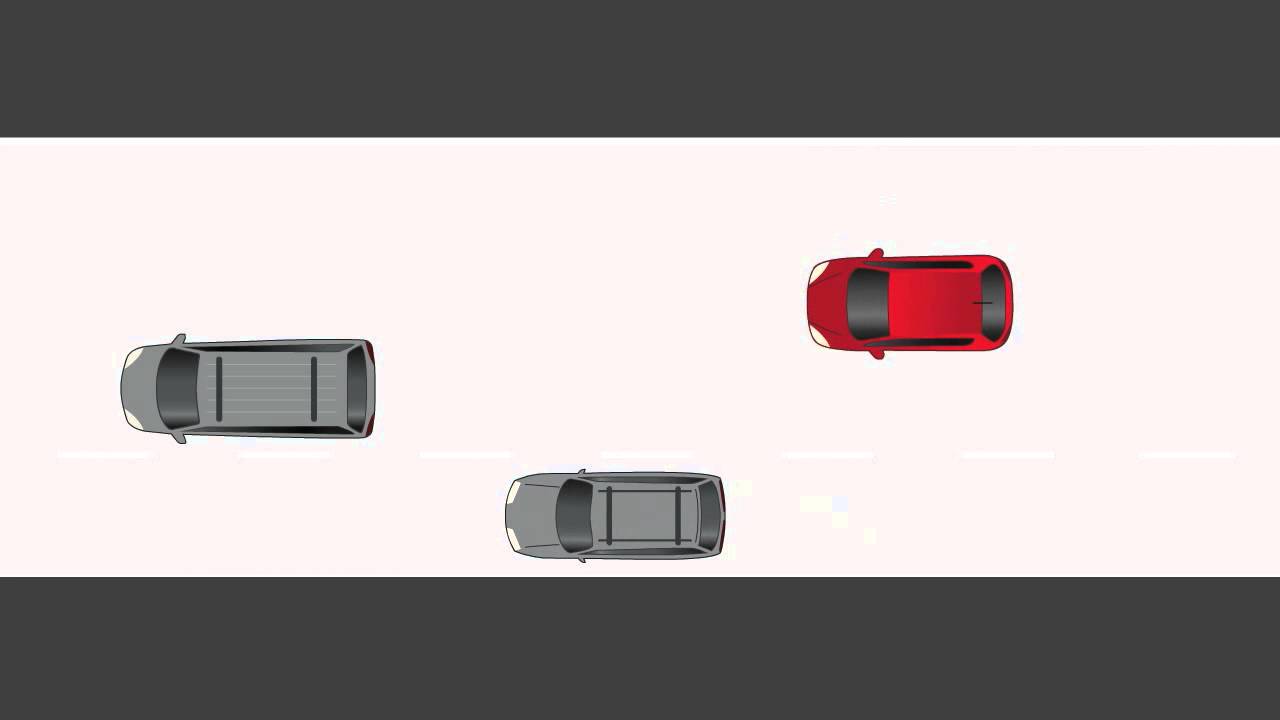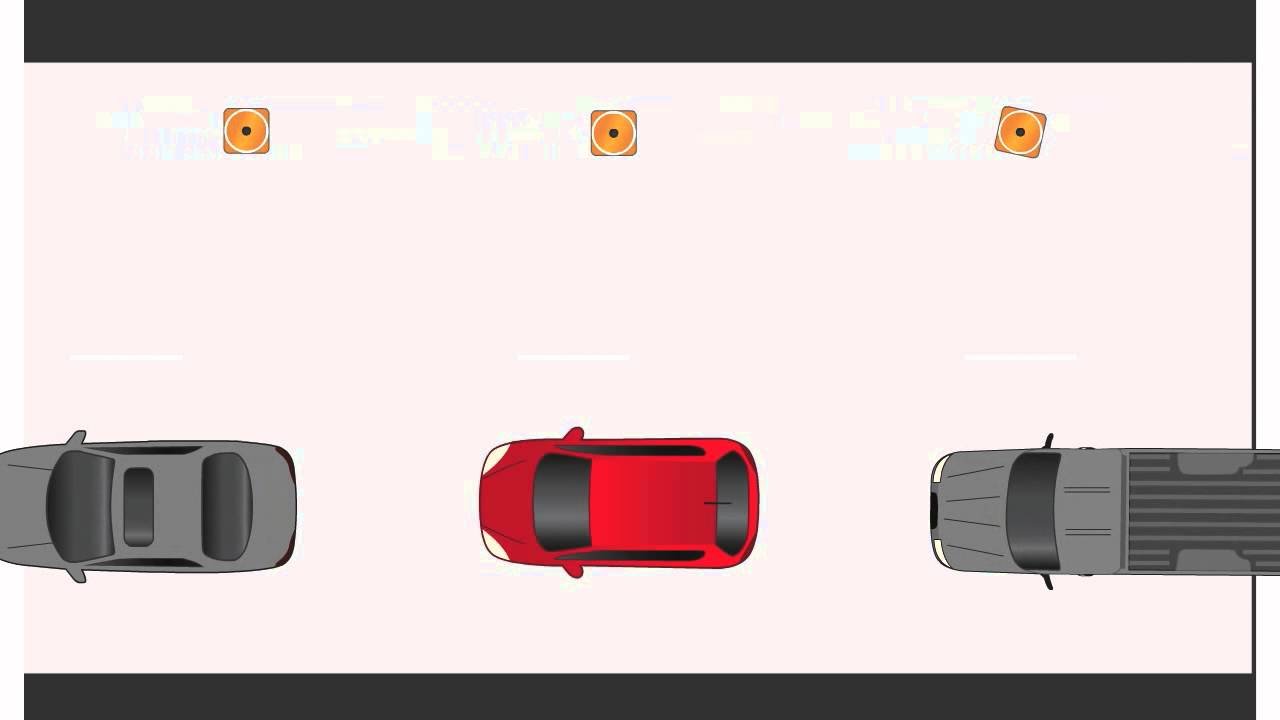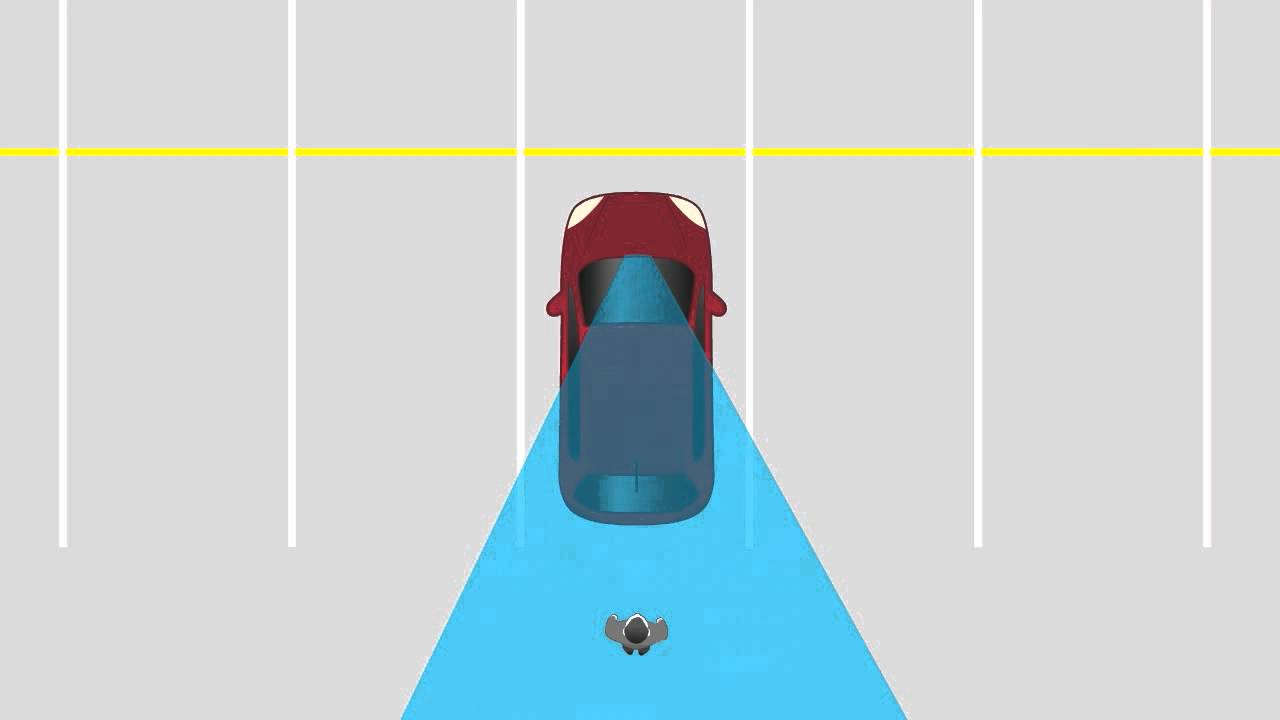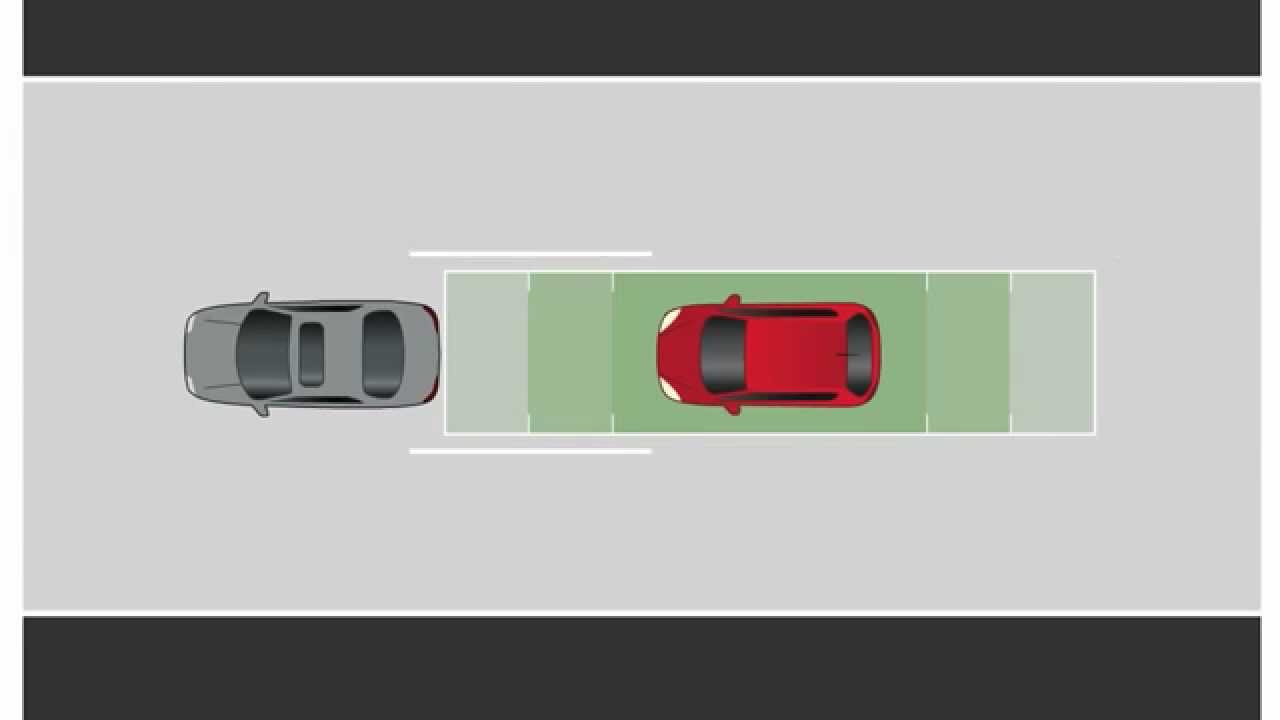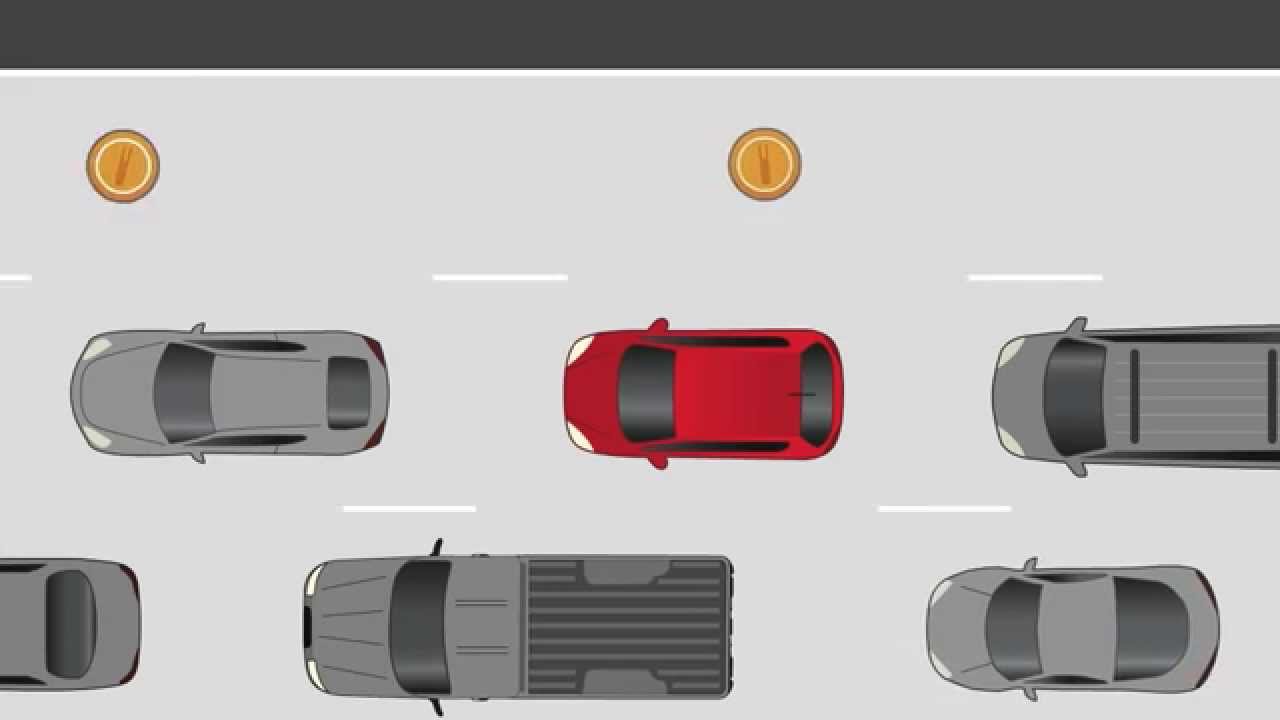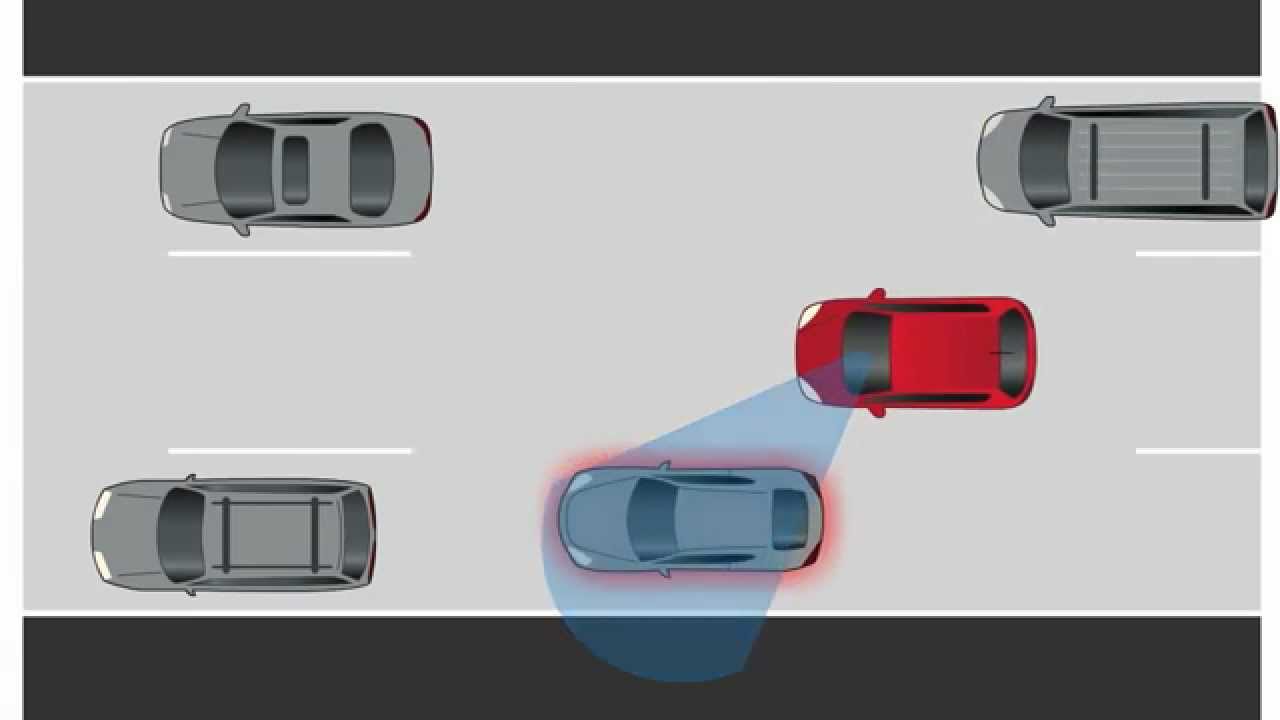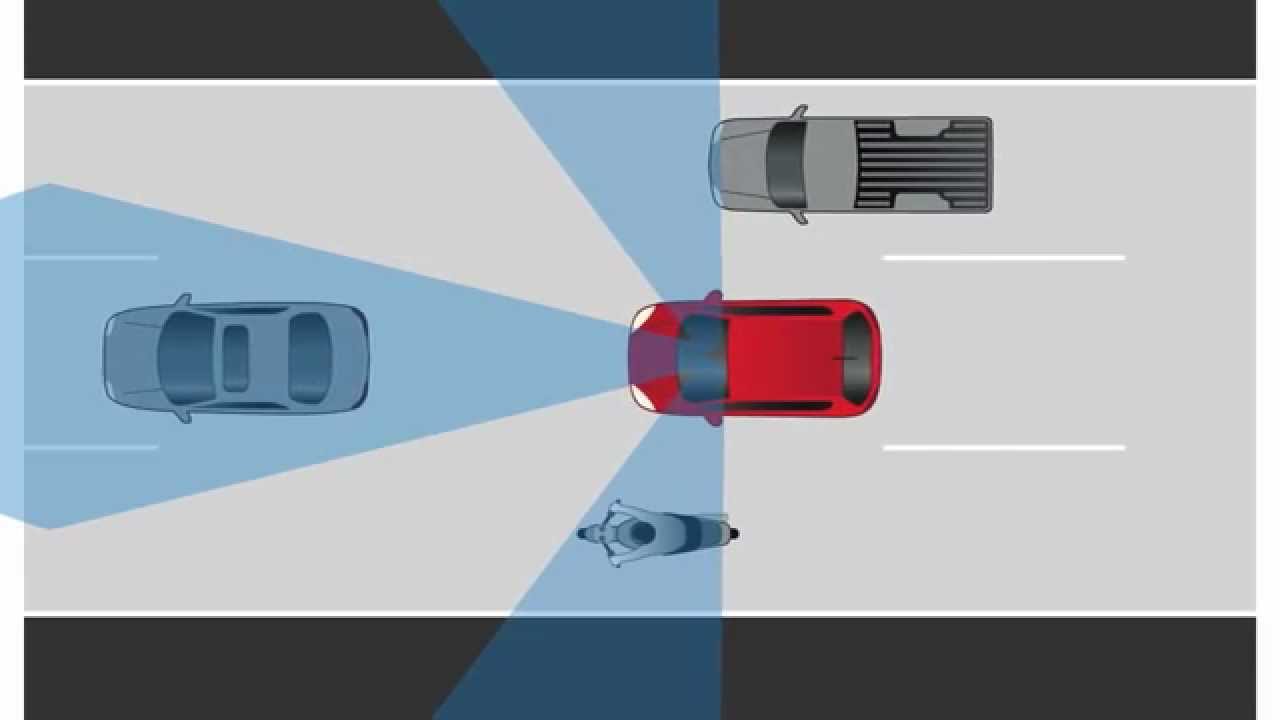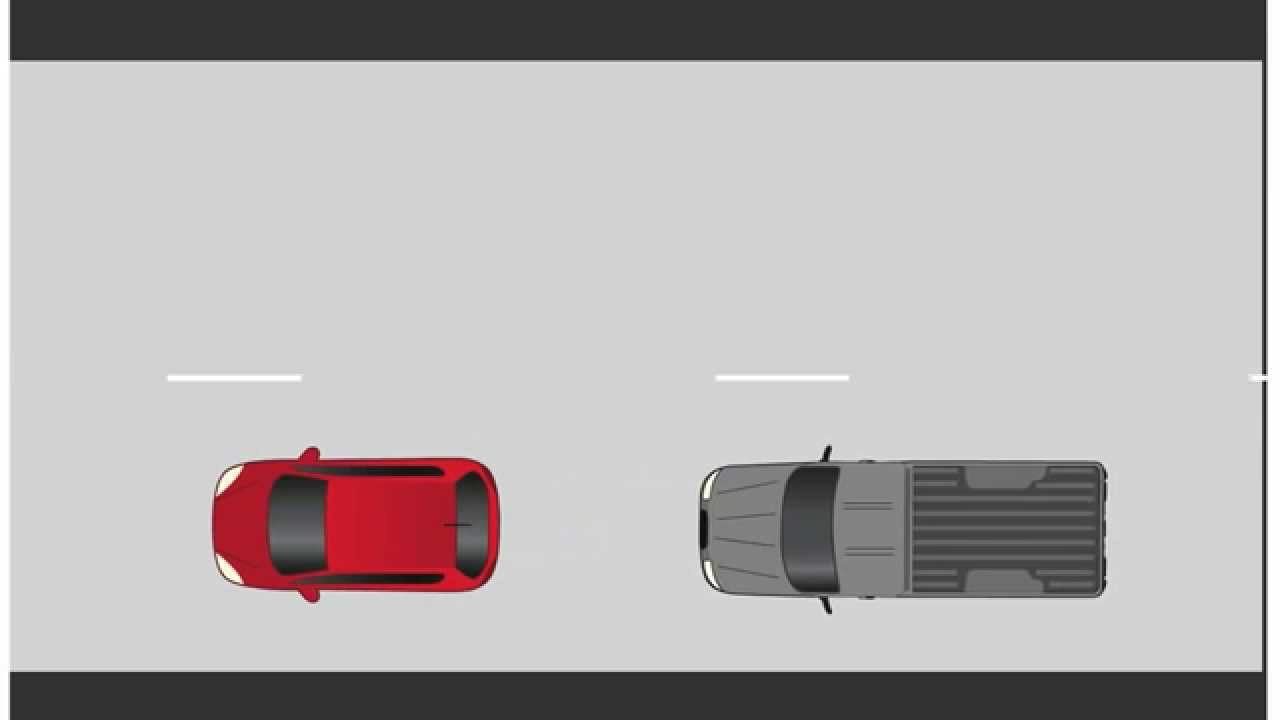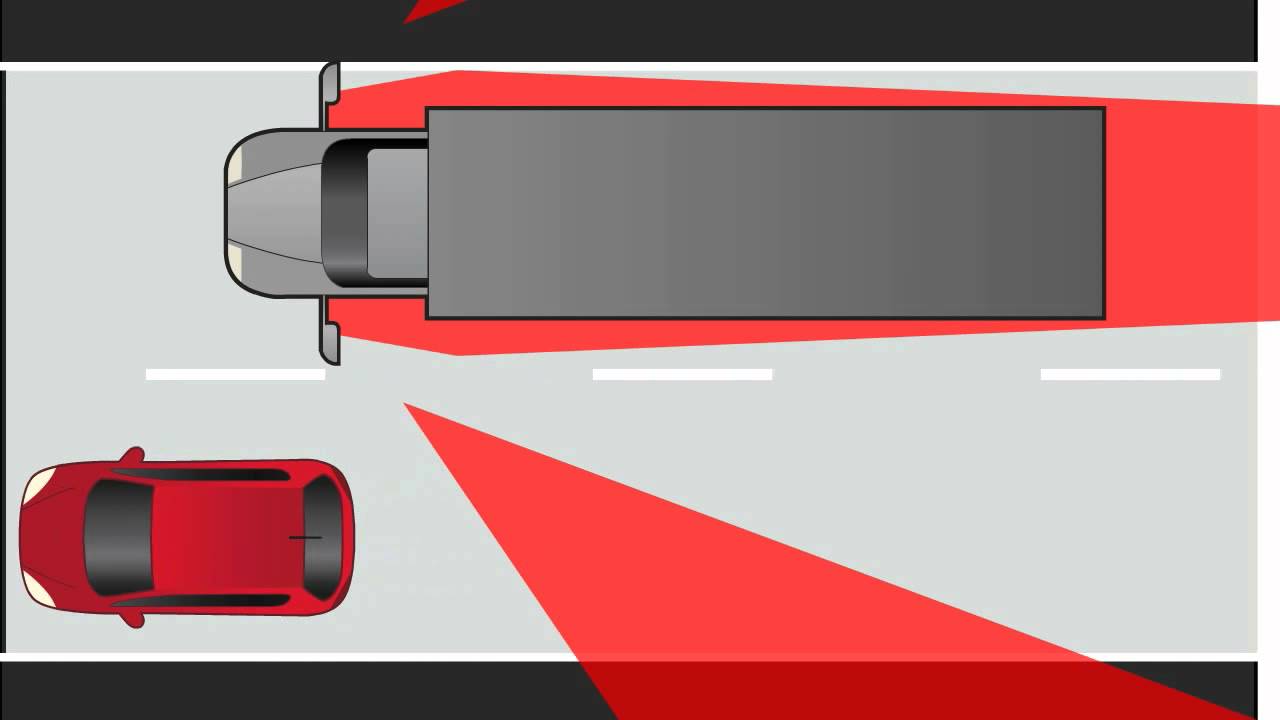In this practice driving environment, speeds range between 55 to 70 mph. Ideally, the teen driver should learn how to drive safely on the highway with a driver’s ed instructor before practicing with a parent. Usually, driving on 3-lane highways with paved shoulders is easier than 2-lane highways without paved shoulders. Begin these highway driving lessons during the day with dry pavement and no adverse weather. Avoid practicing at night, during rush hour, in adverse weather, in heavy traffic, and in active school zones until the learner is not making common errors in easier, less risky, conditions.
When your teen is ready, practice in the next driving environment: Country Roads.
Entering & Exiting
Goal:
Help the new driver learn to safely enter and exit highways.
Activity:
To enter the highway, follow the same steps as changing lanes on intermediate roads. The new driver should signal his or her intent, build speed to match the traffic, check mirrors and blind spot, and then merge into a gap in traffic. When exiting, slow down when in the exit lane, well in advance of the turn, and then watch speed carefully when on other roads.
Common Errors:
- Not aware of cars ahead in the acceleration lane
- May stay in acceleration lane too long
- Sometimes not comfortable checking blind spots with a head check
- May signal too late when exiting
Signs Learner Gets It:
- Consistently checks traffic to evaluate whether the gap is sufficient and his or her speed has matched the traffic
- Yields right-of-way to through traffic
- Plans ahead for the exit
- Is comfortable waiting for the next exit if missed opportunity
Navigating Using Signs
Goal:
Know where the signs are on a highway and be able to read them quickly.
Activity:
Before the practice drive, discuss highway signs and what to do when approaching each one. While on the practice drive, the new driver should practice identifying exit signs, tolls, landmark signs and work zones. Your teen should verbalize how to react to each sign.
Common Errors:
- Sometimes does not understand what some signs mean and becomes distracted
- Takes eyes off of road for too long
Signs Learner Gets It:
- Understands what signs mean
- Reacts appropriately to highway signs
- Does not divert attention from traffic while reading signs at high speeds
Monitoring Blind Spots
Goal:
Watching the blind spots at higher speeds.
Activity:
The new driver should practice looking over his or her shoulders to check for blind spots. Drivers should be comfortable checking blind spots even at highway speeds.
Common Errors:
- Thinks blind spots can be seen by only using the mirrors
- May not recognize blind spots on both sides of the car
- May not realize blind spots vary by vehicle
- Does not know a blind spot can appear in front when view is obstructed by a truck ahead
- Sometimes forgets to do head checks
Signs Learner Gets It:
- Checks mirrors every 20 to 30 seconds, or more if the highway is crowded
- Does head checks for blind spots
- Leaves extra space in front when following a truck
Six Second Rule – Space Cushion
Goal:
Help the new driver learn to leave six seconds between his or her car and the car ahead.
Activity:
Drivers should leave one-second of separation for every 10 mph travelling, so on the highway, they should leave about six seconds. Identify a marker that’s next to the car ahead and count six seconds. If you pass the marker before reaching 6,000, you are driving too closely.
Common Errors:
- May follow too closely
- May not realize he or she is tailgating
- Reponds too much to the car behind
Signs Learner Gets It:
- Uses the six second rule to maintain space cushion
- Adjusts speed according to traffic density
- Does not tailgate
Disruptions in Highway Traffic
Goal:
Know how to react to changes in traffic due to lane closures, accidents, and work zones.
Activity:
Go over some examples of traffic obstructions and ask how the new driver would react. Watch out for cues that may indicate disruptions in traffic, including brake lights, emergency lights, merge signs, lane closure signs, or detour signs.
Common Errors:
- May not realize the need to lower speed at the appropriate time
- May not realize the need to merge, or may try to race ahead of other cars
Signs Learner Gets It:
- Identifies changes in traffic and adjusts accordingly
- Is aware of how other drivers react to traffic disruptions
Anticipating Others' Behavior on Highways
Goal:
Help the new driver understand the cues from other drivers.
Activity:
Practice observing and monitoring the other cars. Watch for drivers who may be lost, distracted or aggressive. Be sure to give these drivers extra space.
Common Errors:
- May not identify or recognize aggressive drivers
- May not be watching side mirrors for fast cars
Signs Learner Gets It:
- Assumes the worst of other drivers; other drivers can act unexpectedly
- Is aware of aggressive drivers well in advance and increases space cushion
Lane Changing
Goal:
Help the new driver learn to move from one lane to another.
Activity:
The new driver should demonstrate awareness of other surrounding cars by identifying the other cars by color. When consistently aware of the surrounding cars, follow the same steps to lane change as in the Intermediate Roads Environment: Signal well in advance, look ahead and make sure there is space to speed up, check side mirrors and blind spot, look ahead again, adjust speed to match the speed of the cars in the next lane, and move into the lane when there is ample space between cars.
Common Errors:
- May automatically take foot off the gas when changing lanes
- May be nervous when passing vehicles, especially large trucks
- May hesitate to make a lane change
- Focuses too much on the cars in the lane
Signs Learner Gets It:
- Correctly judges distance necessary to pass
- Changes lanes and passes other vehicles appropriately
- Allows other vehicles to pass or change lanes safely by adjusting the space cushion
Speed Management
Goal:
Know how to adjust speed according to the traffic and road conditions.
Activity:
The new driver should practice keeping his or her speed within a 5 mph range. Discuss how to adjust speed to the road conditions, traffic and terrain. Make sure your teen recognizes and adjusts speed for hills.
Common Errors:
- Follows cars too closely
- Has trouble keeping speed consistent
- May speed up if car is following too closely
Signs Learner Gets It:
- Maintains or adjusts speed as needed
- Is not intimidated by tailgaters to speed
- Makes the necessary speed adjustments to accommodate varying road conditions
Staying Out of Blind Spots
Goal:
Helping the new driver stay visible and stay out of other drivers’ blind spots.
Activity:
Practice staying out of the blind spots of other cars by maintaining a reasonable space cushion and positioning the car where the surrounding cars can see it.
Common Errors:
- May not recognize that trucks have bigger blind spots
- May forget to use signals or brake lights
Signs Learner Gets It:
- Identifies other vehicles’ blind spots and avoids driving in them
- Knows trucks and busses have larger blind spots and leaves extra space
- Repositions the car when traveling in someone’s blind spot
